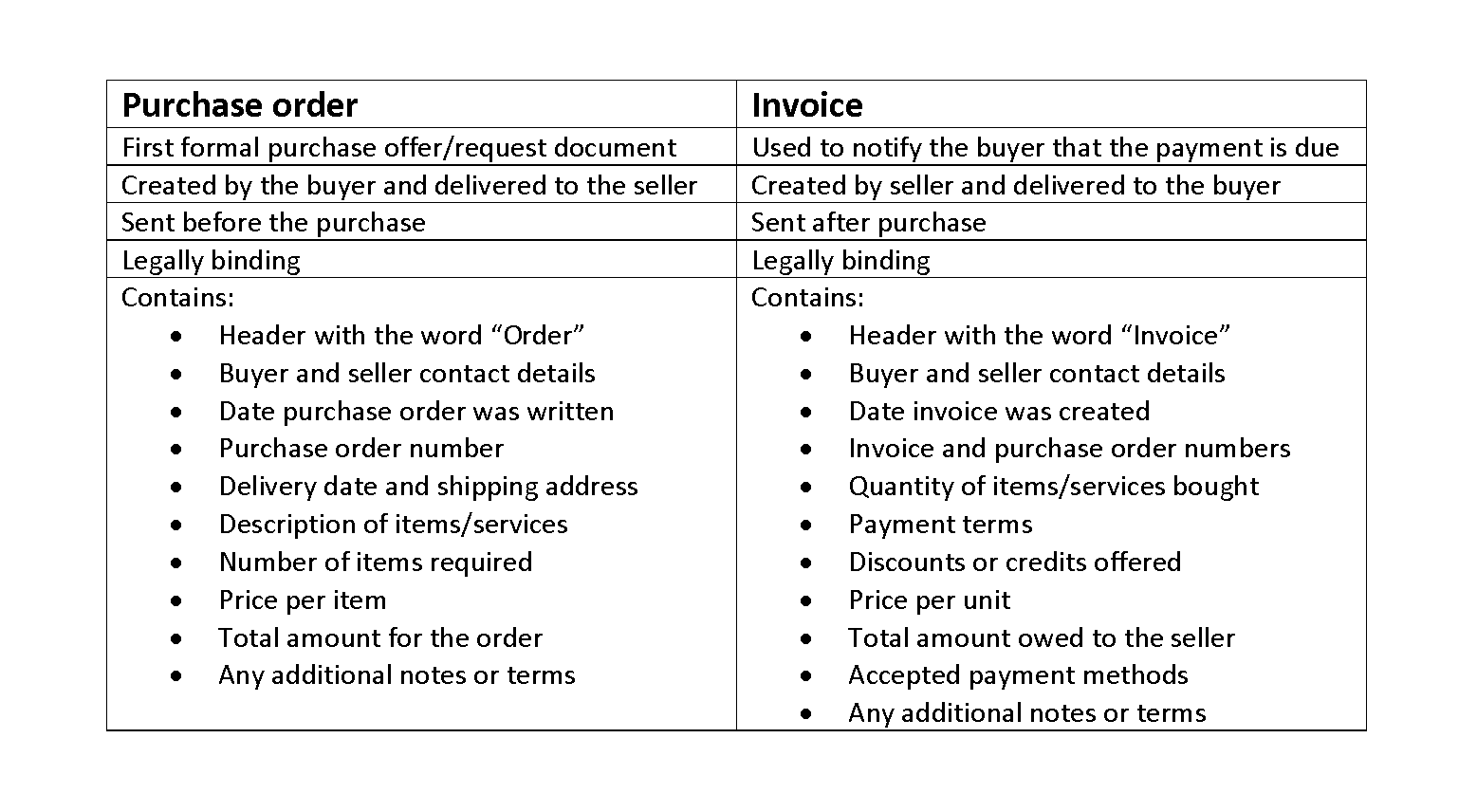
An investing activity also refers to cash spent on investments in capital assets such as property, plant, and equipment, which is collectively referred to as capital expenditure (CapEx). To prepare Insurance Accounting the cash flow from investing activities, summarize all cash inflows and outflows related to investments. Inflows include proceeds from asset sales, dividends received, and interest earned on investments.
Measure treasury KPIs to enhance cash flow visibility and control

Along with this, it purchased $5 billion in investments and spent $1 billion on acquisitions. The company also realized a positive inflow of $3 billion from the sale of investments. To calculate the cash flow from investing activities, the sum of these items would be added together, to arrive at the annual figure of -$33 billion. The three types of cash flow statements are the cash flow from operating activities statement, cash flow from investing activities statement, and cash flow from financing activities statement. The second is related to cash flow from long-term investments while the last one relates to financing activities, such as the sale of shares to investors.
Example of Cash Flow From Investing Activities

Investing activities refer to the buying and selling of long-term assets or investments that are not considered part of the company’s normal operations. Financing activities involve transactions that affect the company’s capital structure and its borrowing or repayment of funds. In summary, investing activities provide an insight into how effectively the company is keeping its asset base up to date, and investing for future growth.
What Are Fixed Assets?
- As with any financial statement analysis, it’s best to analyze the cash flow statement in tandem with the balance sheet and income statement to get a complete picture of a company’s financial health.
- However, over the years, investors have now also started looking at each of these statements alongside the conjunction of cash flow statements.
- This article will demystify what cash from investing activities means, its significance, and how it directly impacts the overall health of a business’s financial standing.
- These decisions carry significant weight because they indicate a company’s growth strategy and long-term planning.
- You can find both of these figures on the cash flow statement section of the company’s financial statements.
The net cash flows generated from investing activities were $46.6 billion for the period ending June 29, 2019. Overall Apple had a positive cash flow from investing activity despite spending nearly $8 billion on new property, plant, and equipment. For example, a company might be investing heavily in plant and equipment to grow the business. These long-term purchases would be cash-flow investing activities negative, but a positive in the long-term. Cash flow from investing activities excludes certain transactions, despite their broad scope.
- Another interesting aspect to look into this CFI is the column of proceeds from the disposal of fixed assets and proceeds from the disposal of a business.
- The company also realized a positive inflow of $3 billion from the sale of investments.
- It includes cash flows from purchases or sales of property, plant, and equipment; investments in debt and equity instruments; and mergers and acquisitions.
- Overall Apple had a positive cash flow from investing activity despite spending nearly $30 billion on the purchase of marketable securities.
- Explore the Cash Conversion Cycle in 2024, understanding its significance, components, and impact on business liquidity.
- Let’s take the case of Vincent to see how investing activities affect the cash flow statement.
How to Analyze Cash from Investing Activities
- Well, except for early-stage pre-revenue companies, but that’s a story for another day.
- If the figures are substantially high, it can help visualize why the company is disposing of assets.
- Cash flow from financing activities reveals how a company raises capital and how it returns money to investors.
- In a nutshell, we can say that cash flow from investing activities reports the purchase and sale of long-term investments, property, plants, and equipment.
- Investing activities are a crucial component of a company’s cash flow statement, which reports the cash that’s earned and spent over a certain period of time.
- Non-current assets (long-term assets) are assets that are expected to deliver value and benefits in the long run (1+ years).
By analyzing these cash flows, investors gain valuable insights into the sustainability and recording transactions strategic focus of a business. There are a variety of investing activities that can make an appearance on the cash flow statement. Investments can be made to generate income on their own, or they may be long-term investments in the health or performance of the company. Wise long-term investments will boost your cash flows from operations and ultimately boost your company’s financial health.
Reading the Cash Flow Statement
- As businesses grow, they must manage their resources effectively to enable long-term success.
- It reports how much cash has been generated or spent from various investment-related activities in a specific period.
- While examining a company’s cash flow statement, it’s imperative that you look at its cash flow from investing activities.
- He eventually reinvested 30k into tech stocks which are highly liquid and therefore easy to convert to cash if needs be.
- Some companies will have items not mentioned above, so it’s important to look at the balance sheet of a company to determine the line items.
A guide for CapEx is how it relates to depreciation and amortization, which can be found in cash flow from operations on the cash flow statement. This represents an annual charge on past spending that was capitalized on the balance sheet to grow and maintain the business. If the company cannot generate positive cash flow from its business operations, a negative overall cash flow is not necessarily a bad thing. Your time should be dedicated to the analysis of important financial reports like the cash flow statement, not the actual creation of those documents.


The balance sheet provides an overview of a company’s assets, liabilities, and owner’s equity as of a specific date. The income statement provides an overview of company revenues and expenses during a period. While examining a company’s cash flow statement, it’s imperative that you look at its cash flow from investing activities. Of course, the cash flow statement is only one component in determining if a company is worth investing in.